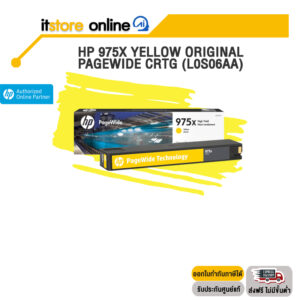
For example, a company decides to buy a new piece of manufacturing how to calculate cost of inventory equipment rather than lease it. HighRadius Autonomous Accounting Application consists of End-to-end Financial Close Automation, AI-powered Anomaly Detection and Account Reconciliation, and Connected Workspaces. Delivered as SaaS, our solutions seamlessly integrate bi-directionally with multiple systems including ERPs, HR, CRM, Payroll, and banks. Less flexible due to the need to adhere to strict accounting standards and regulations, ensuring accurate and standardized financial reporting. Strictly governed by accounting standards such as GAAP or IFRS to ensure consistency, accuracy, and comparability across financial statements. Cost accounting data is typically used by internal stakeholders within a business such as managers and executives who are responsible for decision-making related to budget and resource allocation.
Activity-based costing (ABC) is a cost accounting technique used to ascertain the cost of activities involved in the production of an item. Under this method, costing accountants try to allocate overhead and indirect costs that are not included in standard costing. This method of cost accounting replaces traditional costing methods with value-based pricing. Instead of allocating costs to departments, lean accounting categorizes costs based on total value stream profits.
Cost accounting can help with internal costs, such as transfer prices for companies that transfer goods and services between divisions and subsidiaries. For example, a parent company overseas might be the supplier for its U.S. subsidiary, meaning the U.S. company would be charged by the parent for any purchases of materials. While financial accounting presents information for external sources to review, cost accounting is often used by management within a company to aid in decision-making.
Cost accounting clarifies your operating costs
- The cost of each activity is then allocated according to their actual consumption of costs.
- Our mission is to empower readers with the most factual and reliable financial information possible to help them make informed decisions for their individual needs.
- Depressions, seasonal fluctuations, and idle time (for labor and machines) are a few of the special factors that must be guarded against.
- Any unavoidable added costs that are not in the value stream are regarded as business sustaining costs.
- Estimating costs accurately is critical for budgeting, pricing, and overall financial planning.
Cost accounting is the process of recording, reporting, and analyzing the cost process of a company’s cost item. It is an internal accounting analysis tool used to review a company’s expenses to make efficient financial decisions. As a business owner, knowledge of your business accounting can help you reduce and eliminate your costs, and help boost productivity. One type of accounting that serves as a valuable tool for lowering your costs and determining the price for your product or service is cost accounting.

Cost control
Overhead costs like rent, utility bills, and fixed costs like machinery are examples of indirect costs. One-time costs like machinery purchase and periodic costs like rent are not included as direct costs. In the early industrial age most of the costs incurred by a business were what modern accountants call “variable costs” because they varied directly with the amount of production. Money was exercises: unit 3 financial accounting spent on labour, raw materials, the power to run a factory, etc., in direct proportion to production. Managers could simply total the variable costs for a product and use this as a rough guide for decision-making processes. Activity-based costing is a costing method that is used to allocate overhead costs with a lot more accuracy by identifying the activities that drive the cost.
Cost accounting is helpful because it can identify where a company is spending its money, how much it earns, and where money is being lost. Cost accounting aims to report, analyze, and improve internal cost controls and efficiency. Even though companies cannot use cost-accounting figures in their financial statements (or for tax purposes), they are important for internal controls. Cost accounting is a form of managerial accounting that aims to capture a company’s total cost of production by assessing all of its variable and fixed costs. Historical cost accounting is a cost accounting method in which a company records the value of its assets in its financial statements based on the nominal price at which they were originally bought.
Organization
An accountant or bookkeeper can help you decide which kind of cost accounting is right for your business. Cost accounting and financial accounting are both valuable to a business but they have distinct differences. It is not governed by specific accounting standards, allowing flexibility to tailor reports to internal needs.
EVA-PBC methodology plays an interesting role in bringing strategy back into financial performance measures. This method tended to slightly distort the resulting unit cost, but in mass-production industries that made one product line, and where the fixed costs were relatively low, signed contract or contract signed by me the distortion was very minor. The rapidly evolving technological landscape and changes in industrial practices necessitate continuous adaptation in cost accounting methods. This ever-changing environment can create uncertainty and necessitate constant updates to methodologies and systems.
Activity-based management includes (but is not restricted to) the use of activity-based costing to manage a business. In the early nineteenth century, these costs were of little importance to most businesses. Managers must understand fixed costs in order to make decisions about products and pricing.






